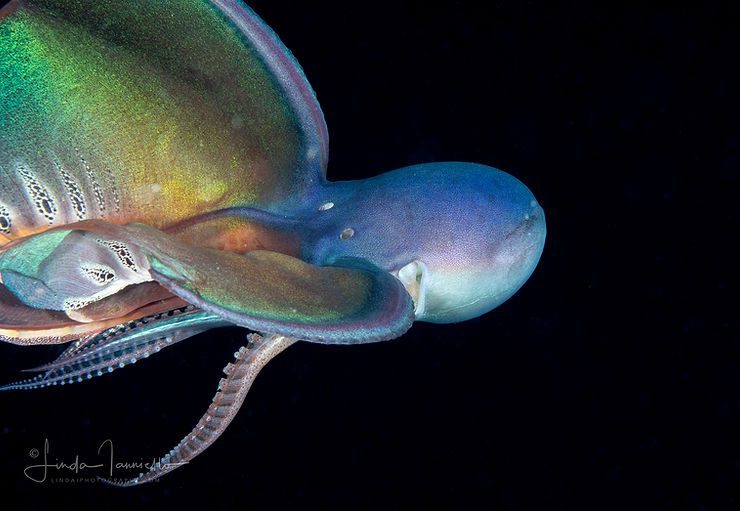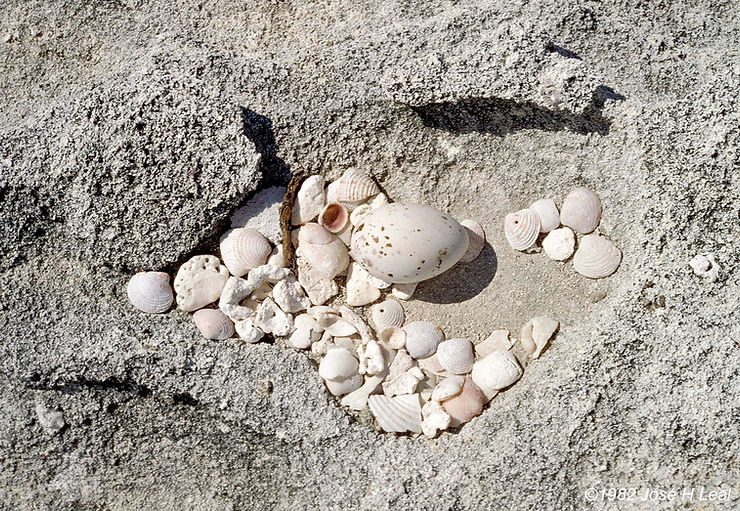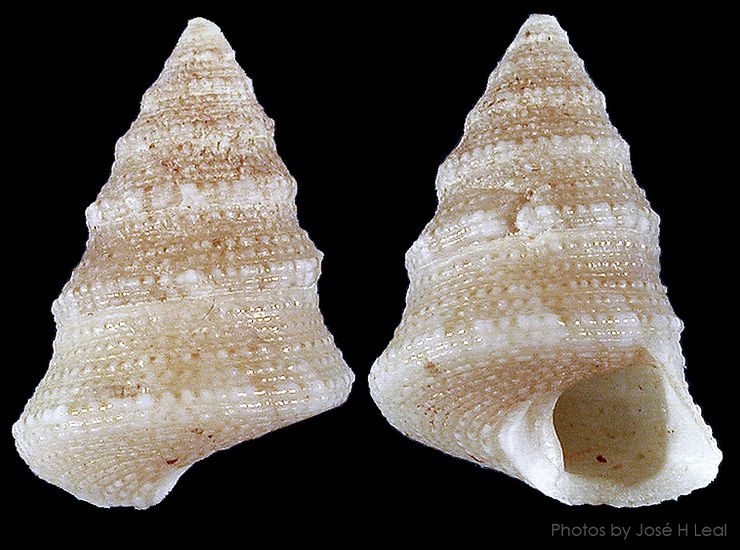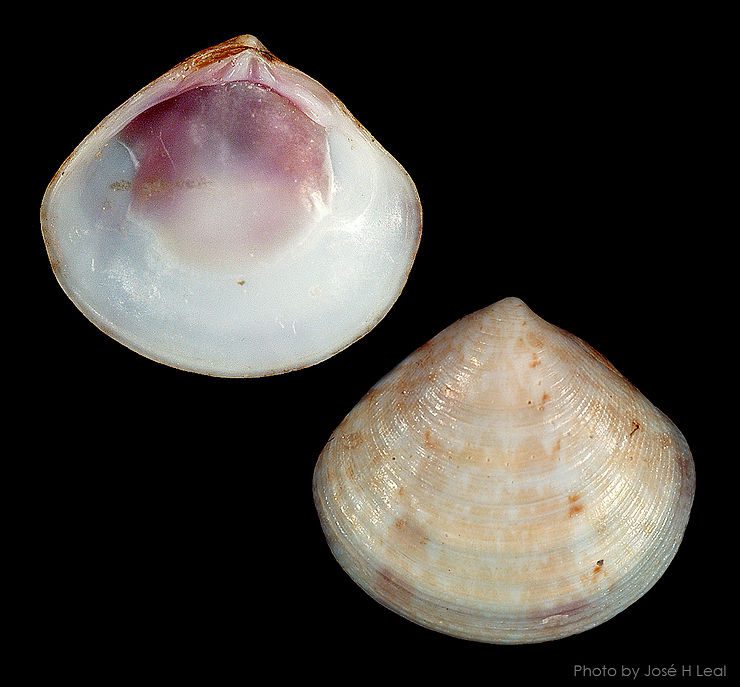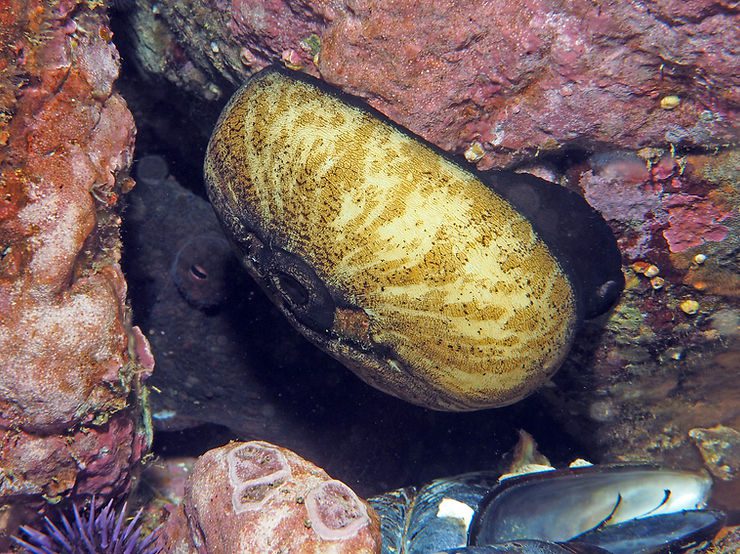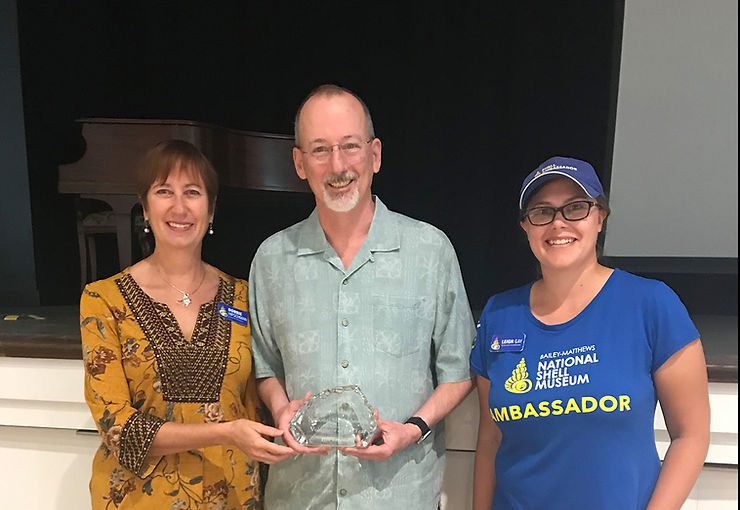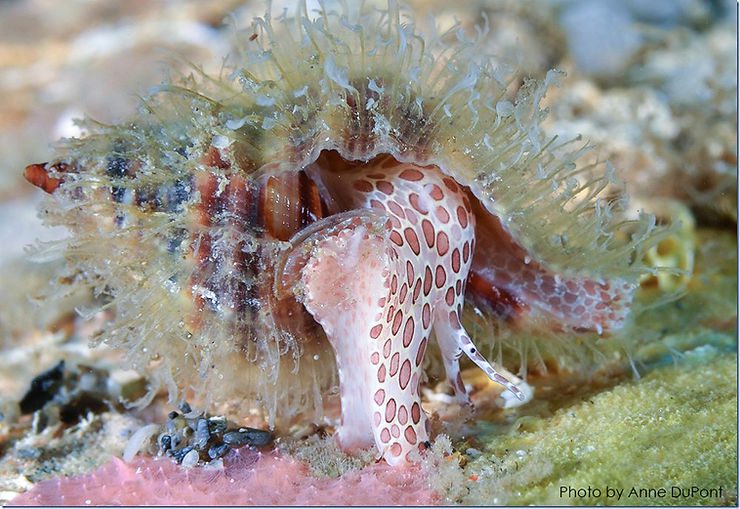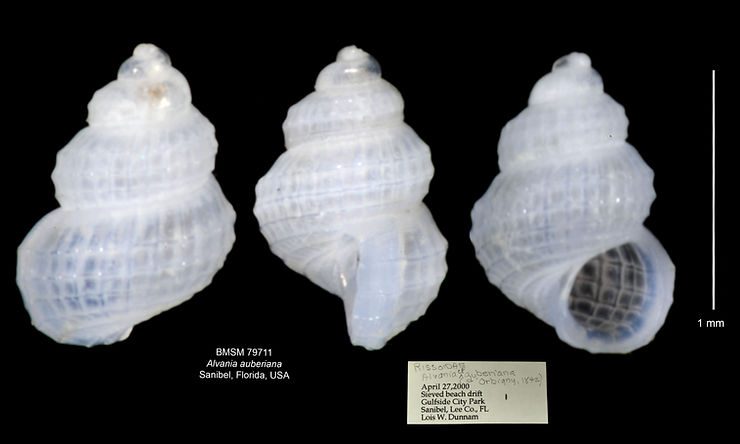
Shell of the Week: The West Indian Alvania
Alvania auberiana (d’Orbigny, 1842) is one of the smallest mollusks found along the coast of Southwest Florida. Reaching about 1.5 mm (0.06 inch) in size at most, its shell is literally the size of a medium-sized grain of sand. A powerful hand lens or, better yet, a small microscope, reveals a sculpture of strong (relatively speaking), intercepting spiral cords and axial ridges, which render a crisscrossed aspect to the shell. The free-swimming larvae of this species leave the egg mass about sev

